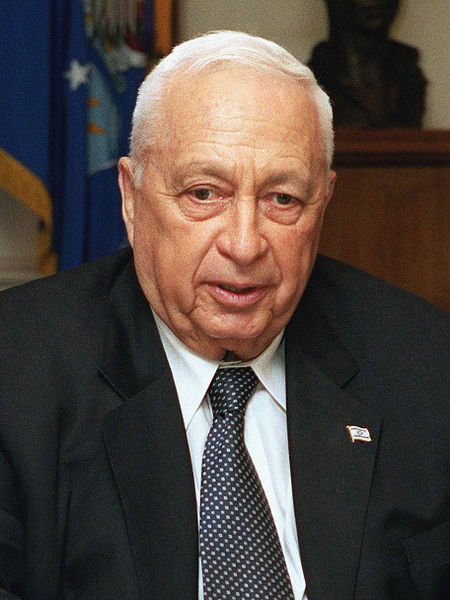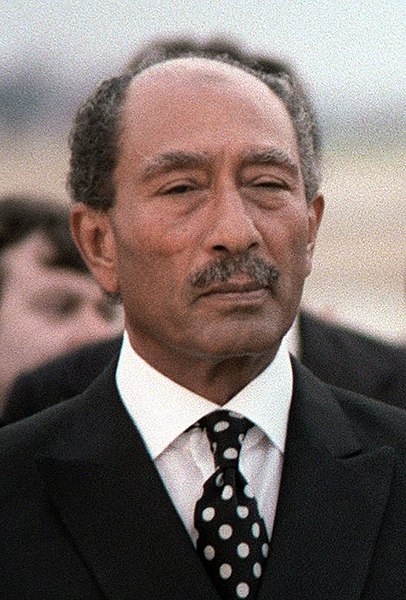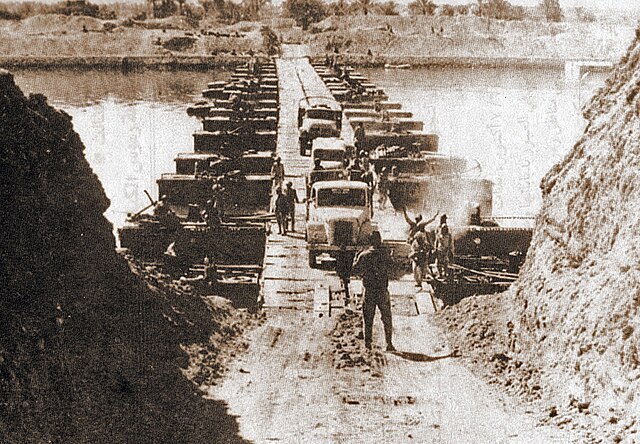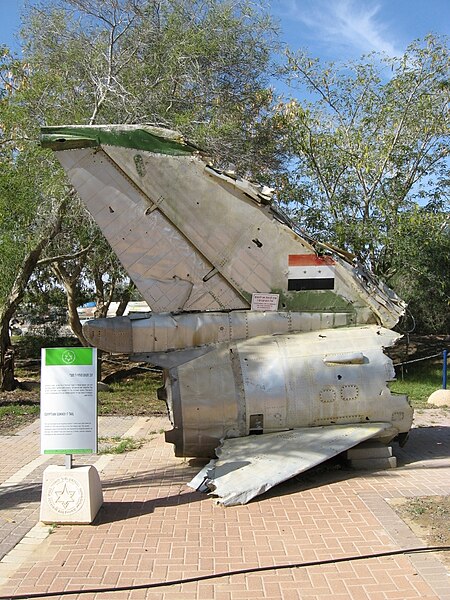The Battle of Ismailia took place between the Egyptian Army and the Israeli Defense Forces (IDF) during the last stages of the Yom Kippur War during October 18–22, 1973, south of the city of Ismailia, on the west bank of the Suez Canal in Egypt. The battle itself took place as part of the larger IDF-launched Operation Abiray-Lev, in an attempt to seize Ismailia and thereby sever the logistical and supply lines of most of Egypt's Second Field Army across the Suez Canal.
Egyptian vehicles crossing the Suez Canal at the beginning of the war
Ariel Sharon, commander of 143rd Armored Division and future Prime Minister
Ismail Azmy, commander of the 182nd Paratrooper Brigade
IDF tanks from Sharon's division during the battle. The battle was mostly fought over agricultural areas and farmlands, as opposed to the desert terrain of the Sinai.
The Yom Kippur War, also known as the Ramadan War, the October War, the 1973 Arab–Israeli War, or the Fourth Arab–Israeli War, was an armed conflict fought from 6 to 25 October 1973, between Israel and a coalition of Arab states led by Egypt and Syria. The majority of combat between the two sides took place in the Sinai Peninsula and the Golan Heights—both of which had been occupied by Israel in 1967—with some fighting in African Egypt and northern Israel. Egypt's initial objective in the war was to seize a foothold on the eastern bank of the Suez Canal and subsequently leverage these gains to negotiate the return of the rest of the Israeli-occupied Sinai Peninsula.
Egyptian President Anwar Sadat
Upon learning of the impending attack, Prime Minister of Israel Golda Meir made the controversial decision not to launch a pre-emptive strike.
Egyptian forces crossing the Suez Canal
Wreckage from an Egyptian Sukhoi Su-7 shot down over the Sinai on 6 October, on display at the Israeli Air Force Museum








